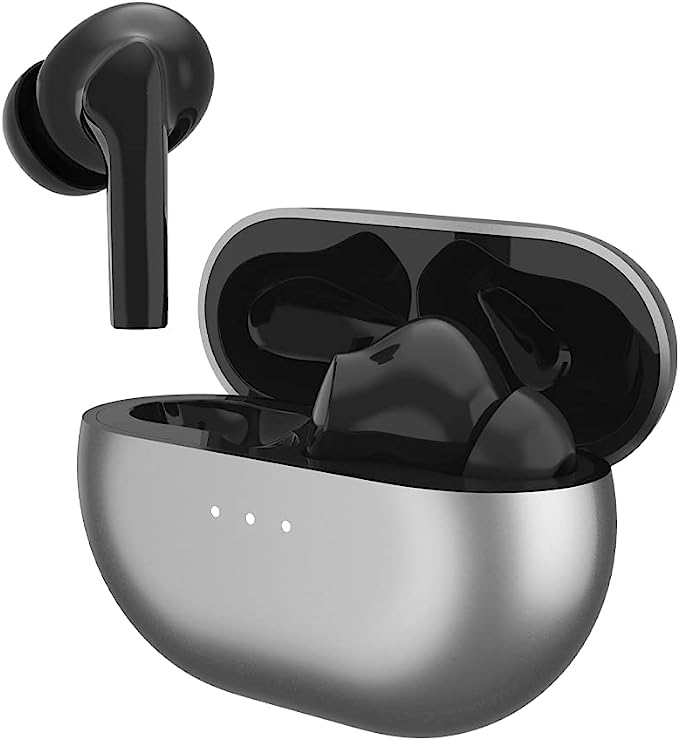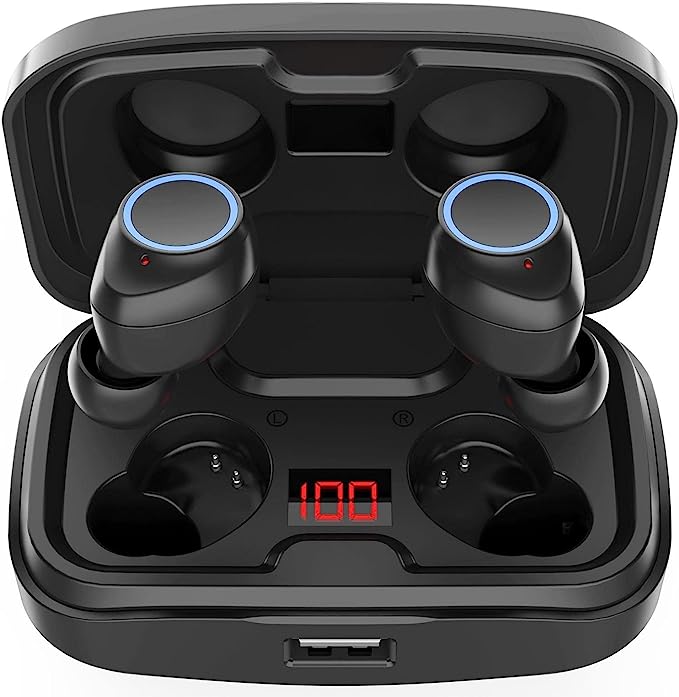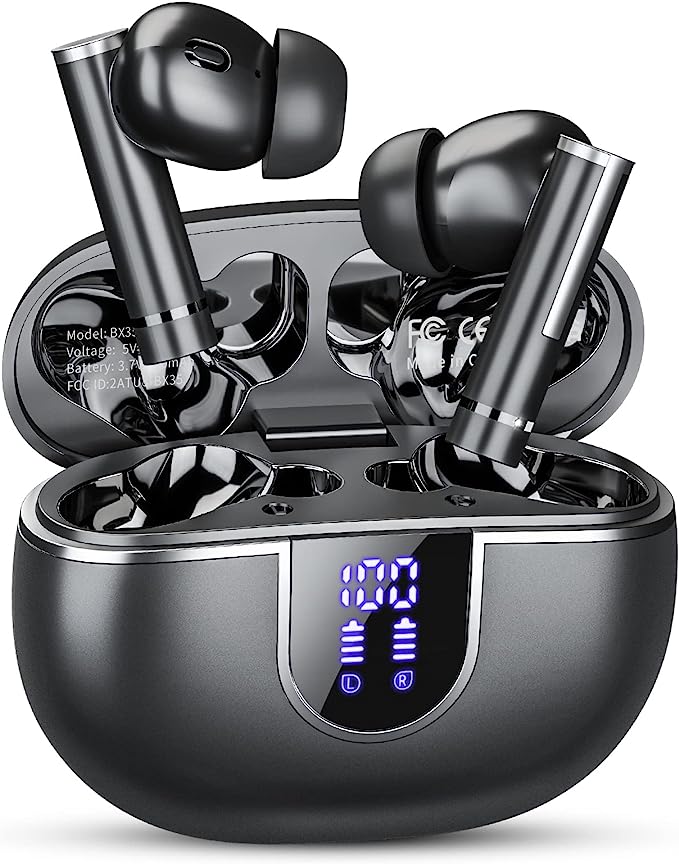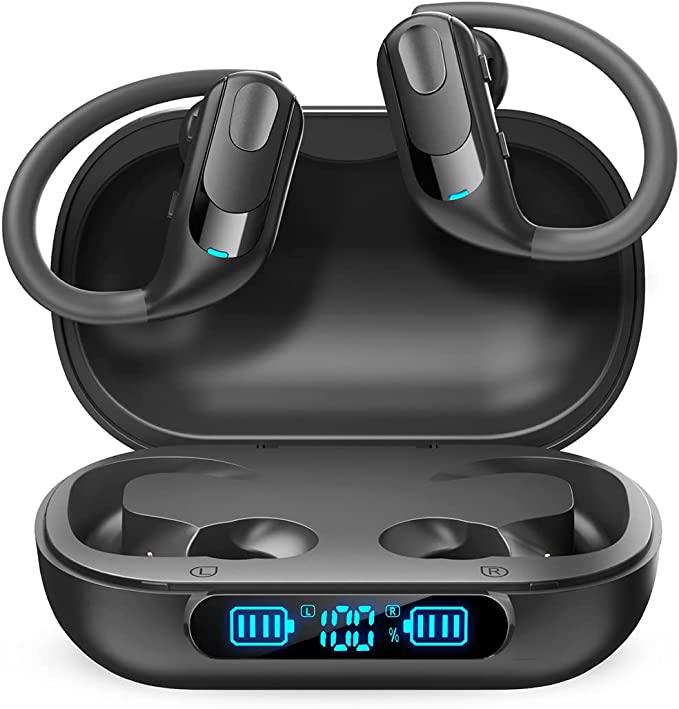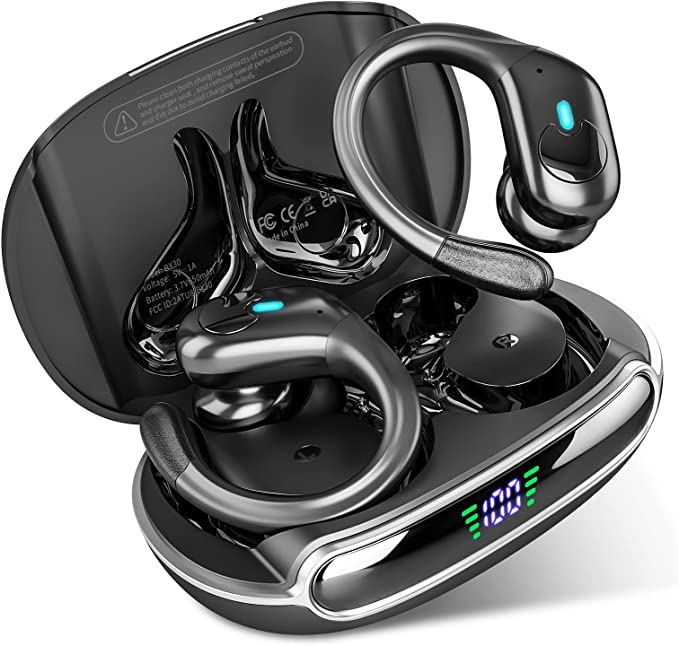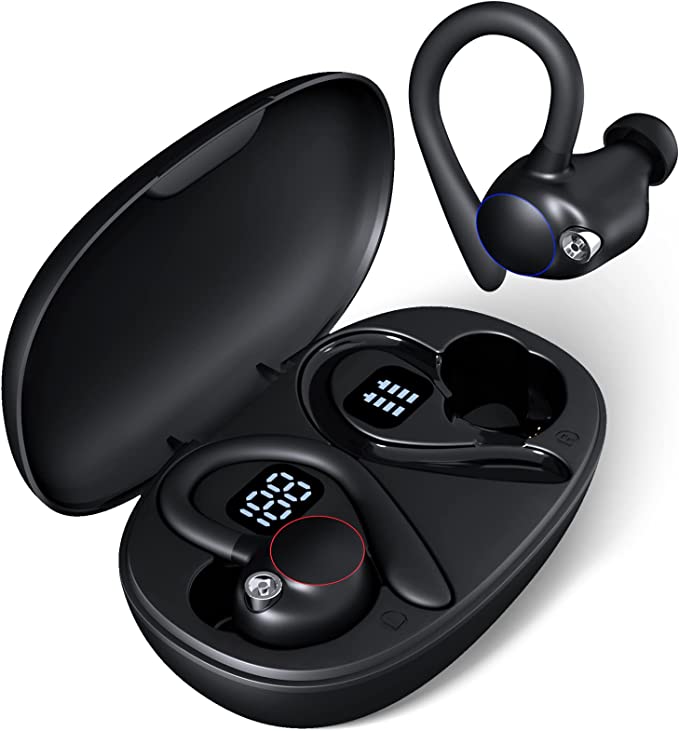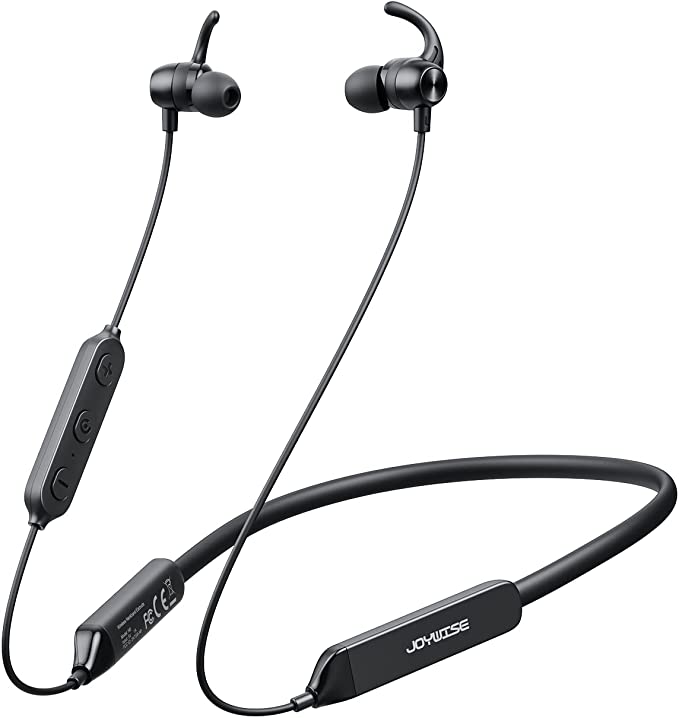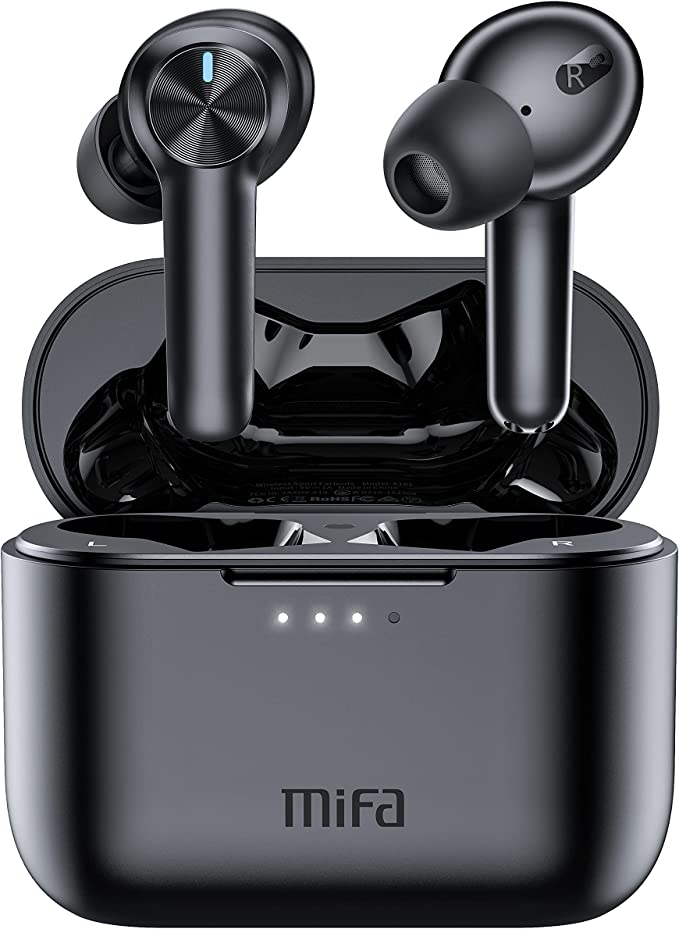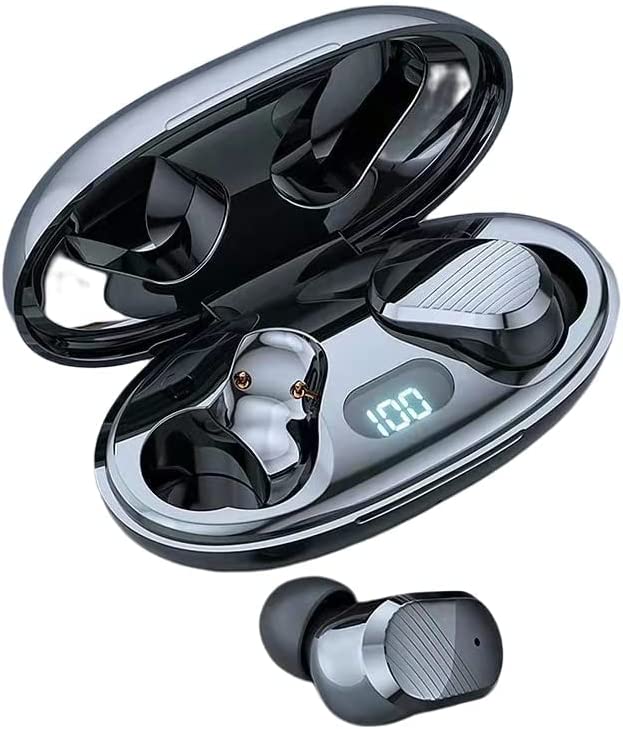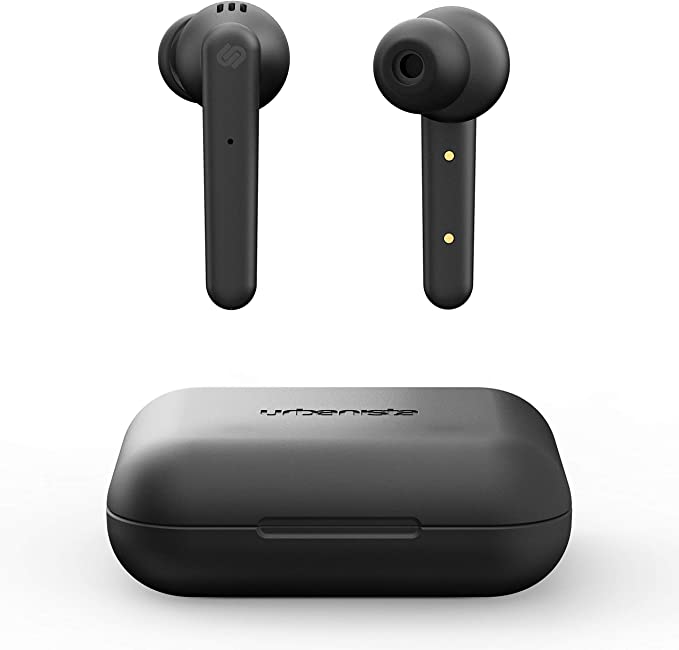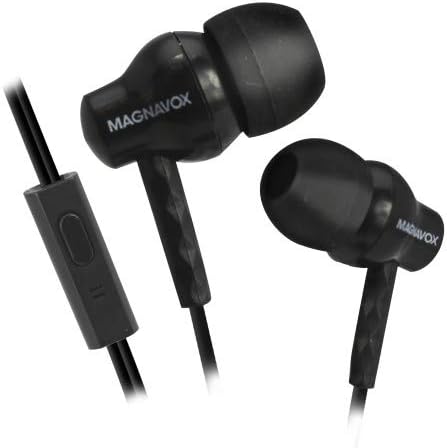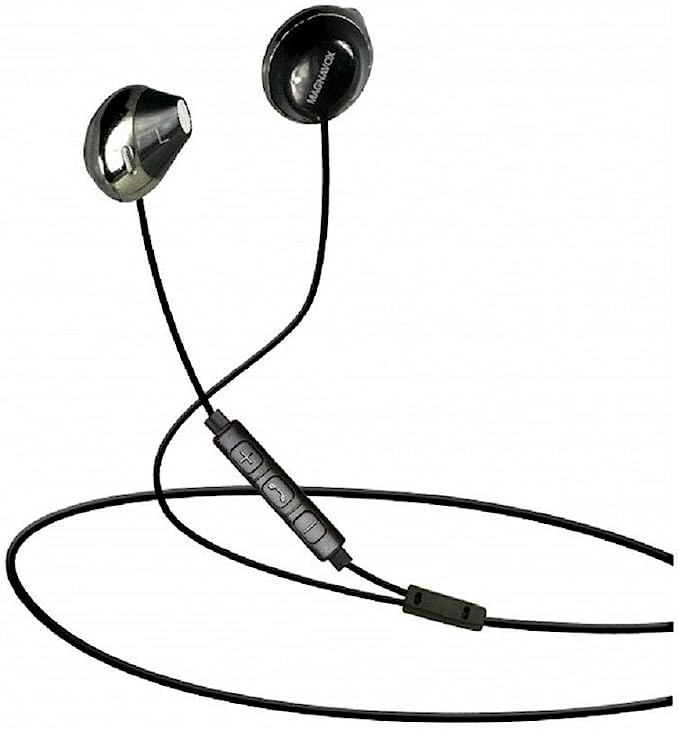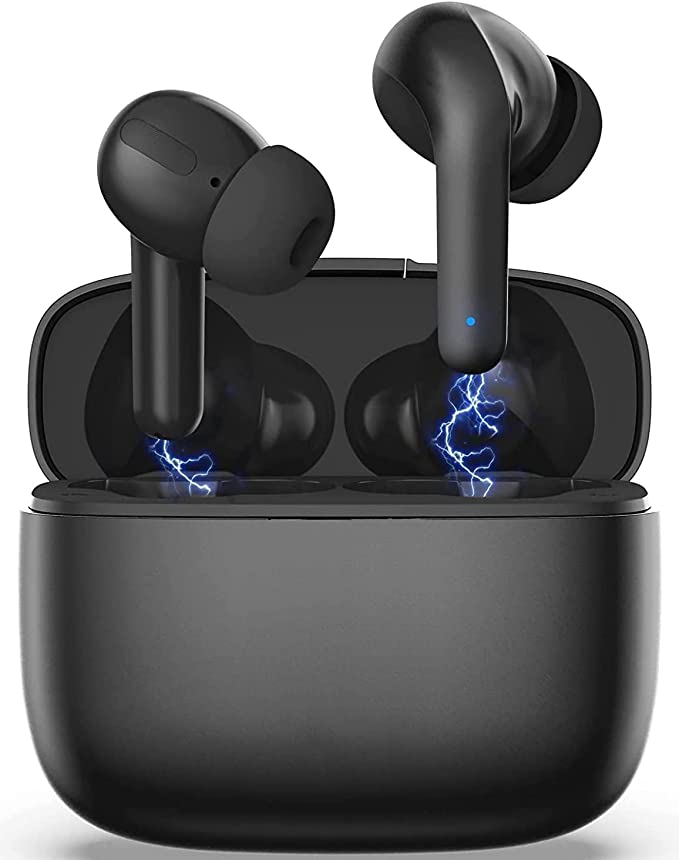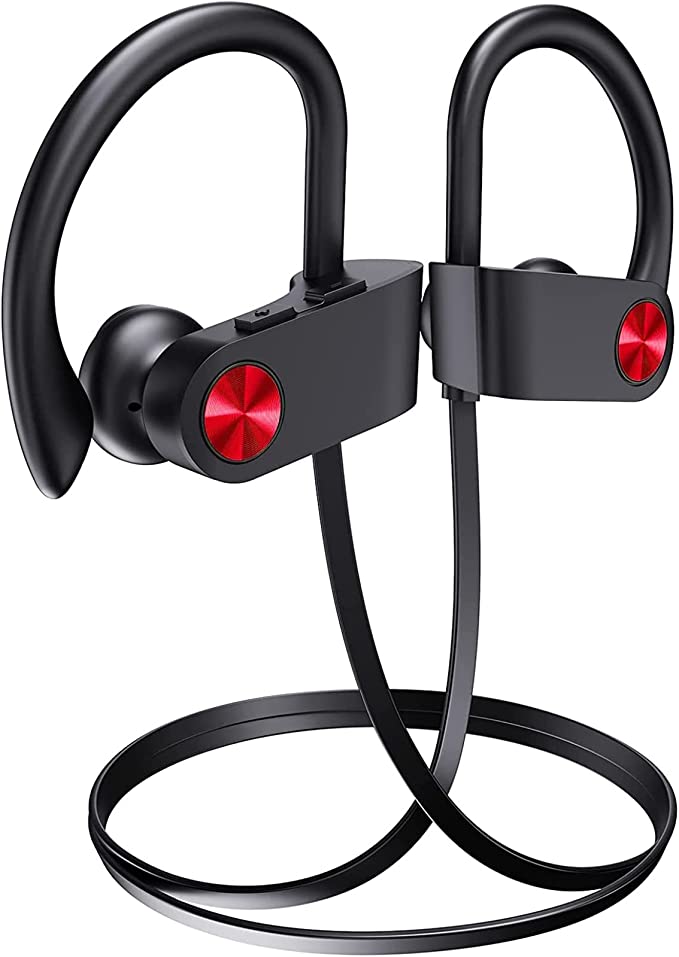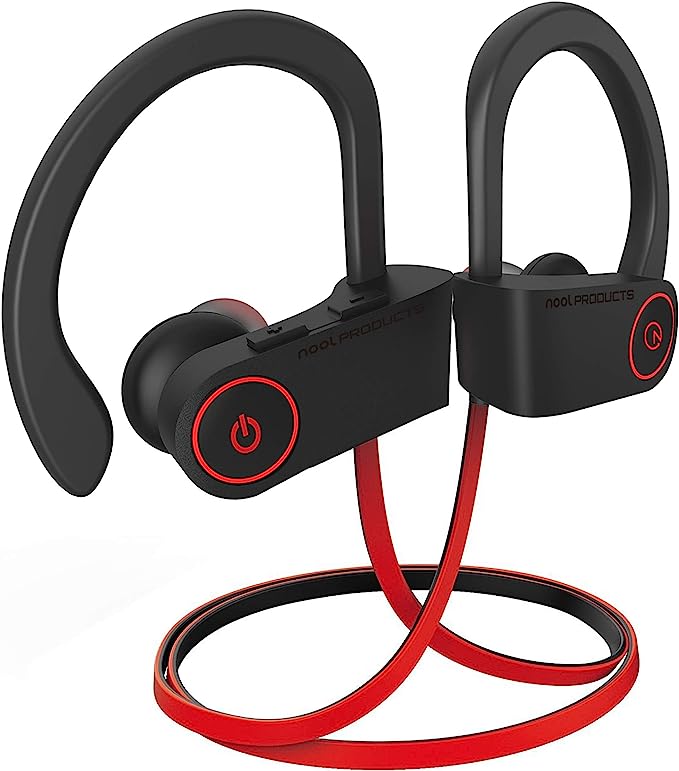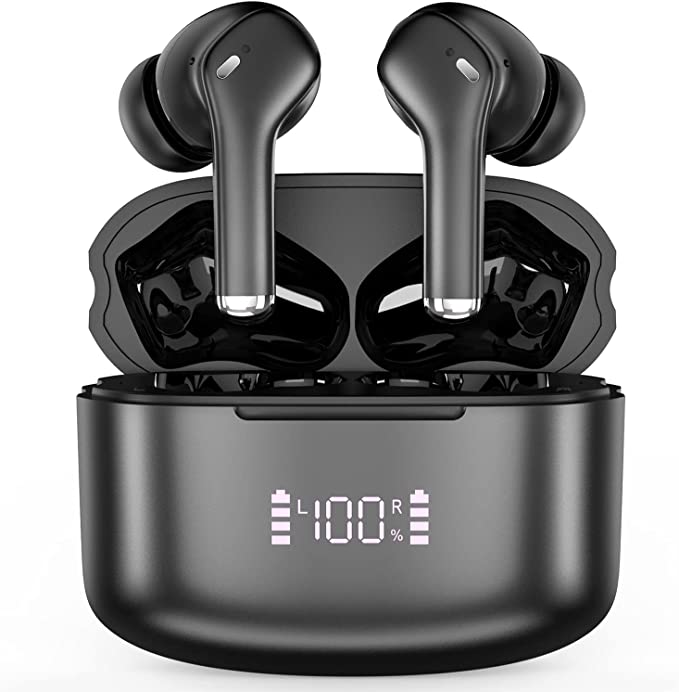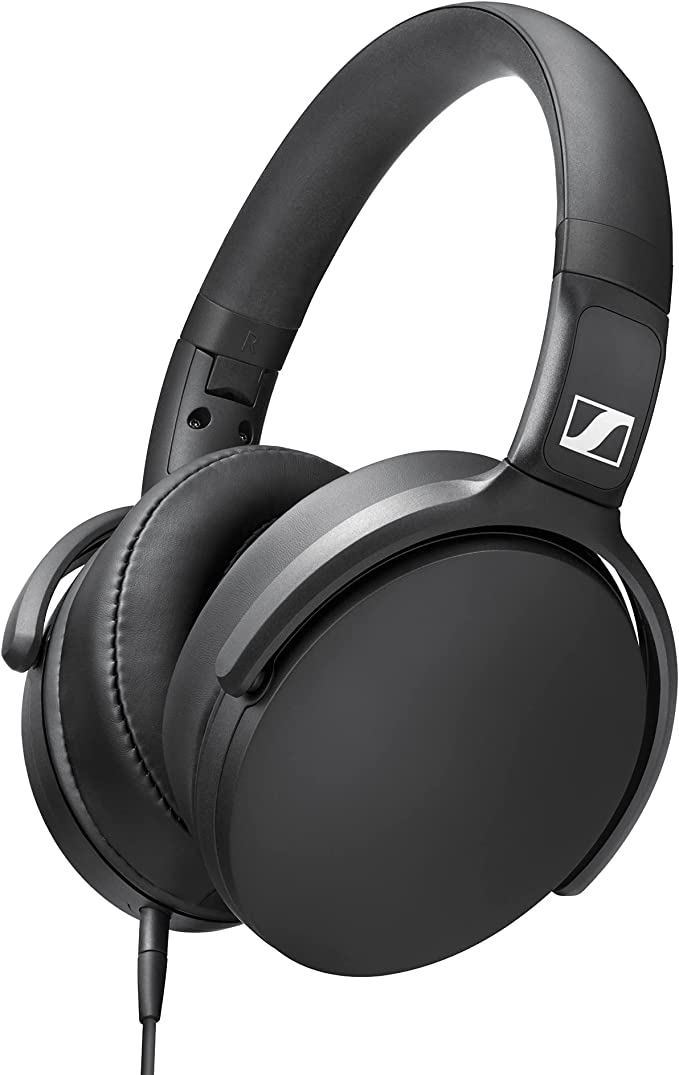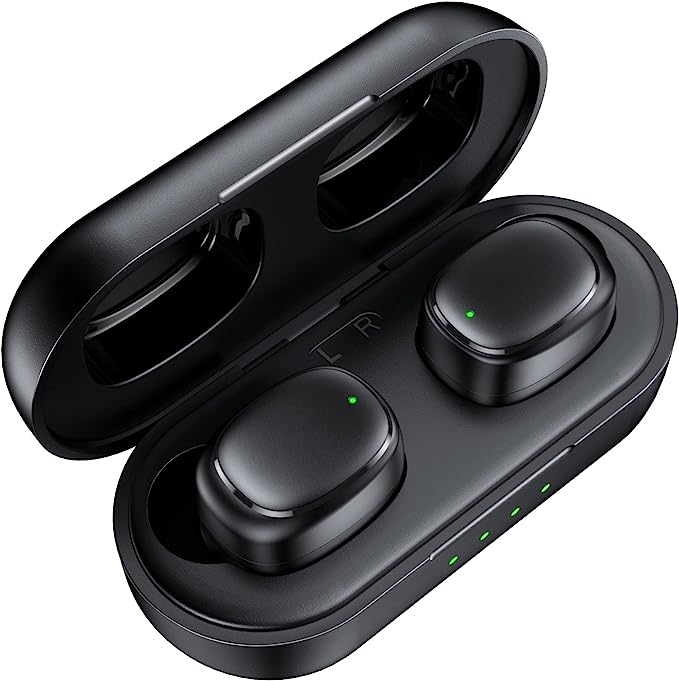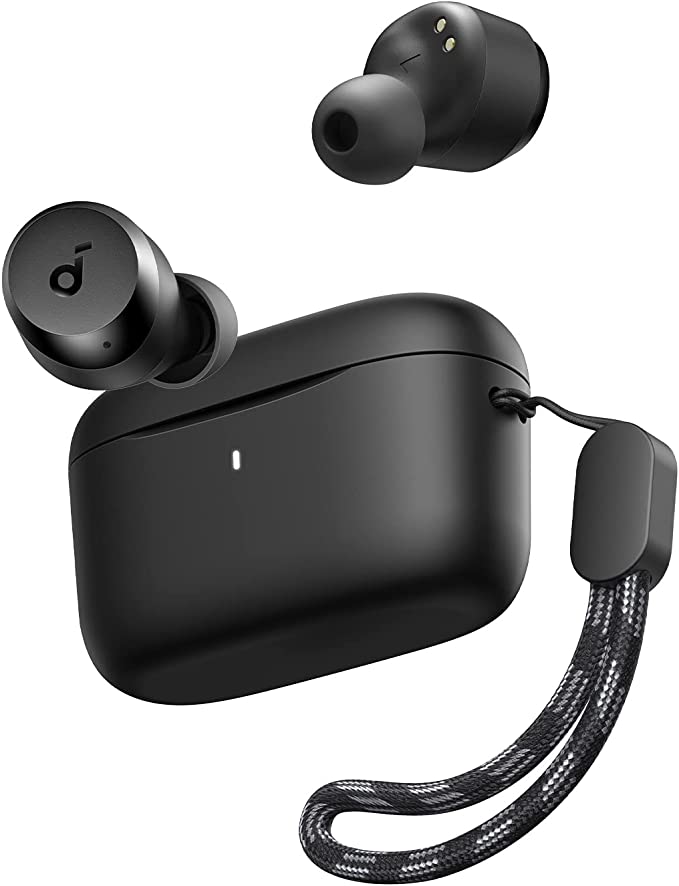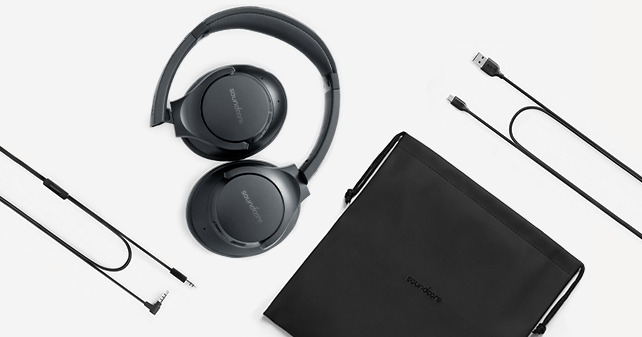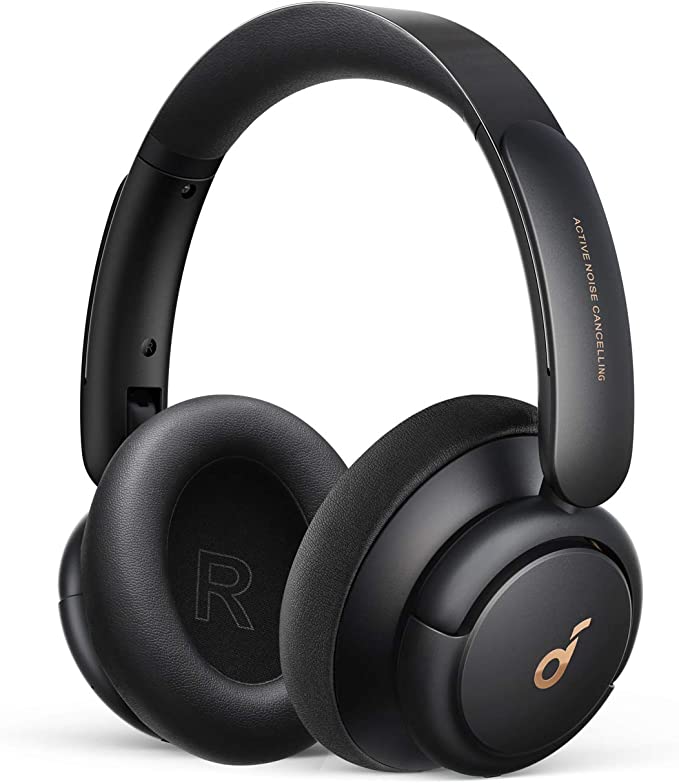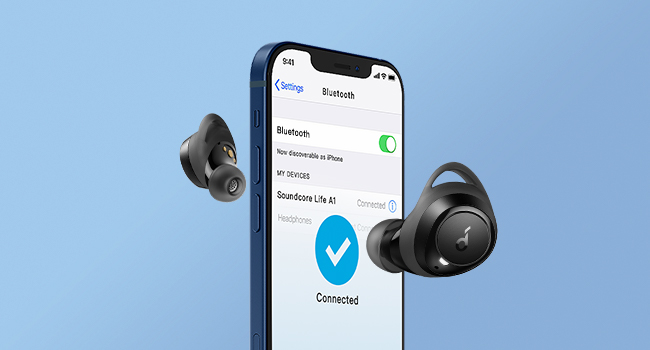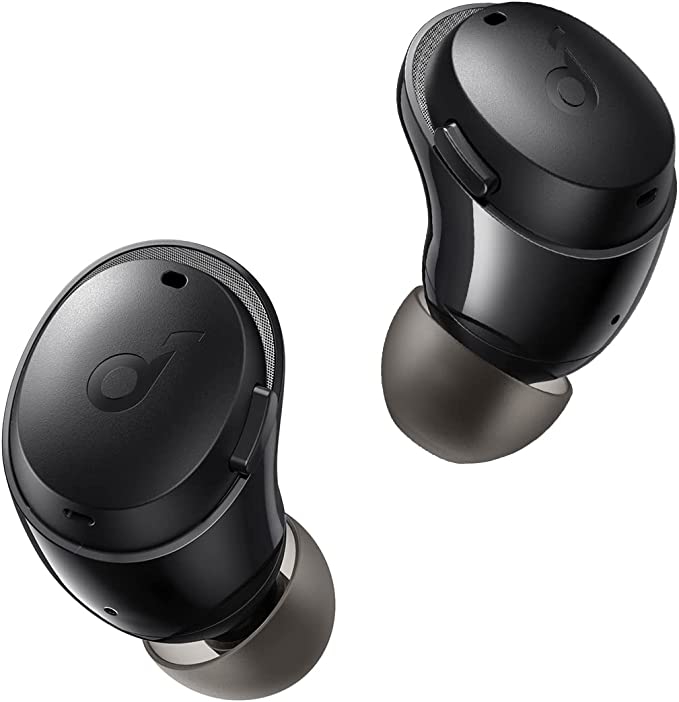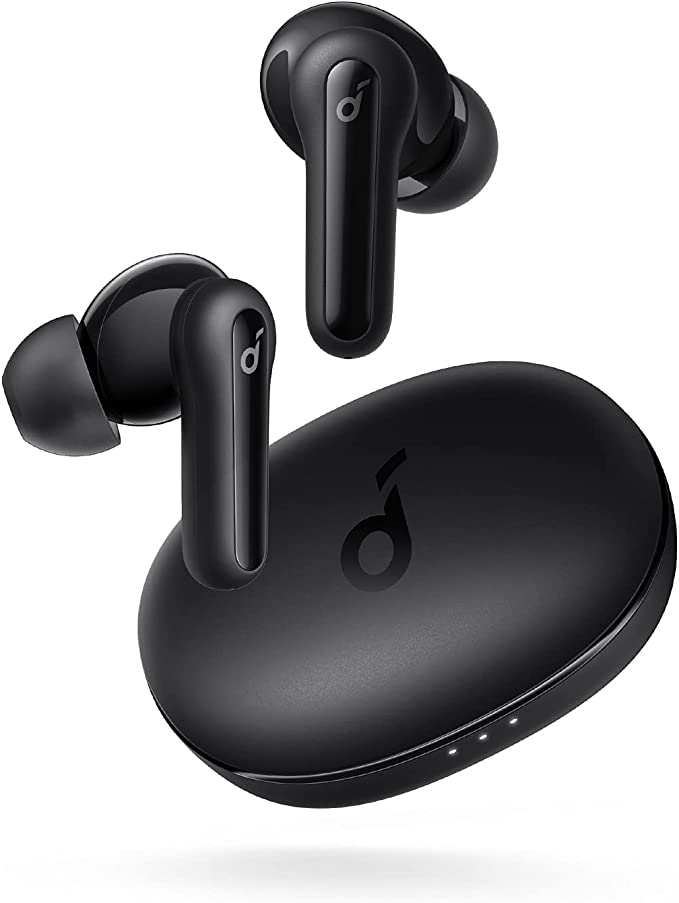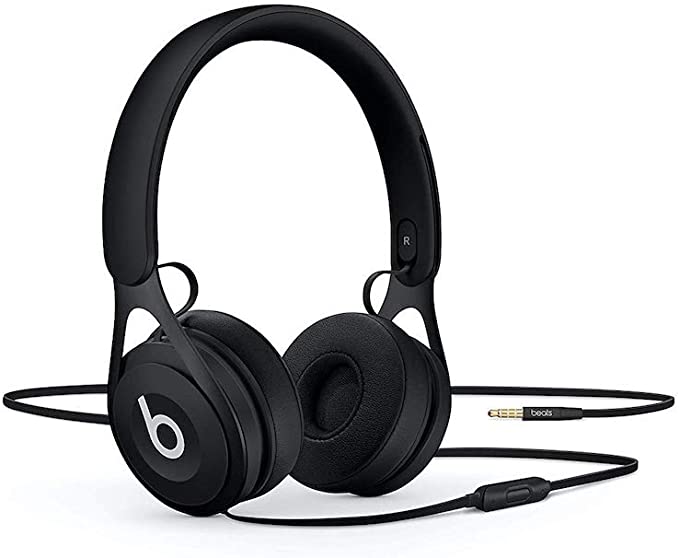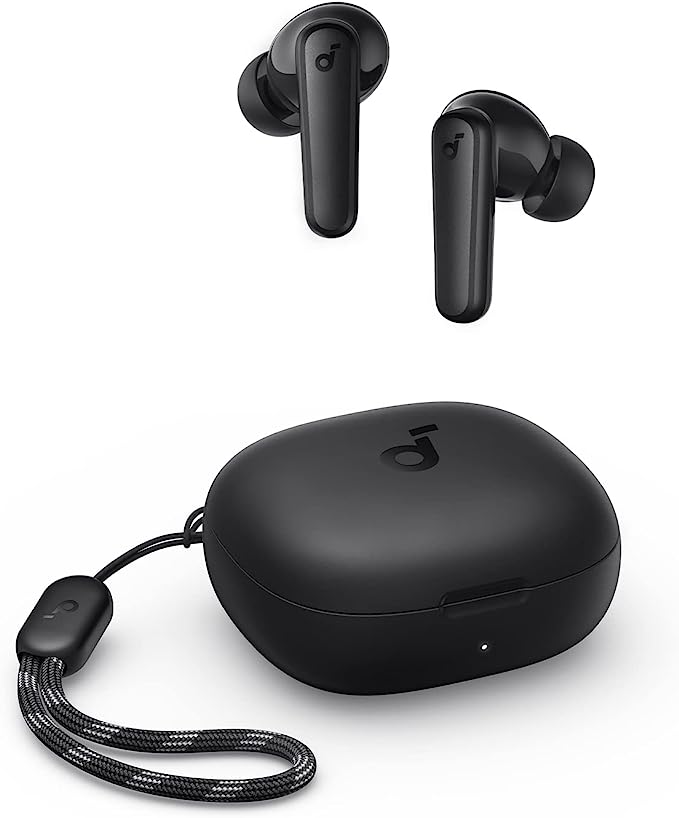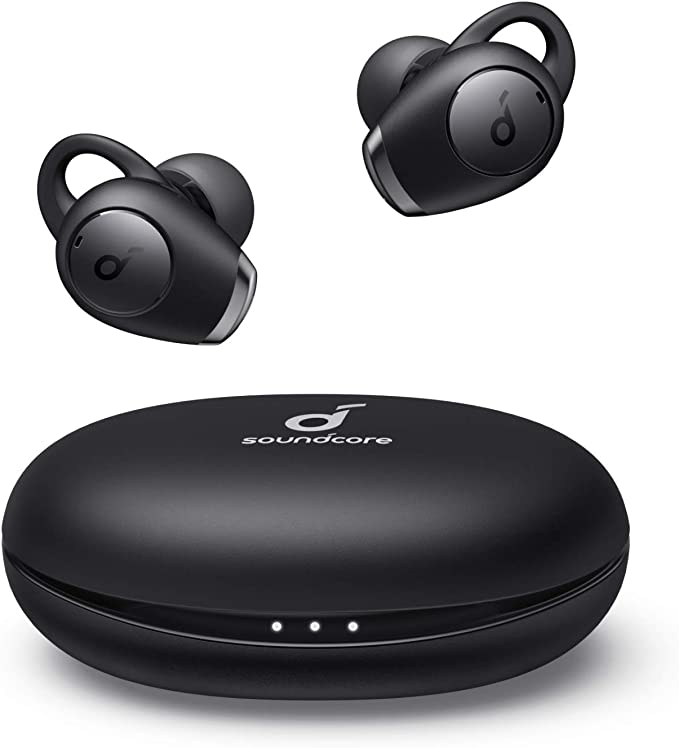PMOPDSNNE m22 mini True Wireless Earbuds: Amazing Value Bluetooth Earbuds for Everyday Use
Update on July 3, 2025, 9:36 a.m.
It begins with a puzzle, the kind you stumble upon in the digital back-alleys of online marketplaces. A user review for a pair of wireless earbuds, priced at an almost comical $14.92, contains a curious warning. The brand name is a delightful scramble of consonants—PMOPDSNNE—as if generated by a cat walking across a keyboard. But the warning is specific and intriguing: “fast USB-C chargers aren’t compatible.”
How can this be? In our age of seamless connectivity, how can a modern device with a modern port reject a modern, intelligent charger? This isn’t a simple flaw. It’s a clue. It’s a breadcrumb leading us away from the well-lit avenues of premium electronics and into the fascinating, cost-cutting heart of a multi-billion-dollar industry. This is more than a review; it’s an investigation. And to solve this mystery, we need to understand a quiet negotiation that happens every time you plug in a USB-C cable.

The Negotiation That Never Happened
Imagine your powerful, sleek USB-C wall adapter is a seasoned diplomat from a G7 nation. It arrives at the port, ready to negotiate. Through the USB Power Delivery (PD) protocol—the sophisticated language of modern charging—it politely announces its capabilities: “I can offer power at 5 volts, 9 volts, or even 20 volts. My good device, what do you require to function optimally?” A well-engineered smartphone, laptop, or premium earbud case, acting as a fellow diplomat, would respond in the same protocol, stating its exact needs. A deal is struck, and efficient, fast charging commences.
Now, picture the PMOPDSNNE charging case. To hit that $14.92 price, sacrifices were inevitable. One of the first things to go in budget electronics is often the non-essential, licensed silicon. It’s entirely reasonable to assume this case lacks a fully certified Power Delivery controller chip—the tiny, dedicated “translator” required for this diplomatic exchange.
So, when the powerful ambassador from the wall outlet makes its offer, the charging case remains silent. It doesn’t understand the language. From the charger’s perspective, this silence is a red flag. For safety reasons—to avoid sending 20 volts to a device expecting 5—a smart charger may simply refuse to supply any power at all. The negotiation fails before it even begins.
But what about an old, “dumb” USB-A charger with a simple adapter cable? That charger is no diplomat. It’s a brute force worker. It doesn’t negotiate; it just pushes out a standard 5 volts, no questions asked. The simple charging circuit in the PMOPDSNNE case sees this familiar, non-threatening power source and happily accepts it. This isn’t a bug; it’s a window into the product’s soul. It’s a deliberate, calculated, and brilliant cost-saving omission.

A Fortress of Solitude in a Sea of Compromise
Just as we begin to think that every possible corner has been cut, we encounter a stark contradiction: the IPX7 waterproof rating. This is no cheap sticker. This is a badge of honor, earned through rigorous testing defined by the International Electrotechnical Commission (IEC) standard 60529.
To achieve an IPX7 rating, a device must survive being fully submerged in 1 meter of fresh water for 30 minutes. This requires legitimate engineering: precisely fitted rubber gaskets sealing the case seams, watertight membranes protecting the microphone and speaker ports, and a design that can withstand the steady pressure of the water column above it. It’s the difference between being “splash-resistant” and being genuinely “workout-proof.” It ensures the delicate electronics inside won’t short out from a torrential downpour on a run or an unfortunate, clumsy drop into a sink.
Herein lies the core of the paradox. The manufacturer didn’t just build a shoddy, cheap product. They built a dramatically lopsided one. They appear to have starved the budget for the charging circuitry to feast the waterproofing department. They made a conscious decision, gambling that for their target user—a runner, a gym-goer, a construction worker—surviving daily sweat and unexpected rain is a non-negotiable, primary value. Having to use an older charger is merely an acceptable inconvenience.

The Philosophy of “Good Enough”
Once you grasp this principle of lopsided design, the other quirks and features of the PMOPDSNNE earbuds snap into sharp focus. It’s a philosophy of “Asymmetric Trade-offs.”
Consider the design. The flexible earhooks, a feature often missing on more fashionable earbuds, aren’t there for style; they are a purely functional choice to ensure stability during vigorous motion. The controls are not the sleek, sometimes finicky, touch sensors of their expensive cousins. They are physical buttons. Why? Because a tactile, satisfying click is an unambiguous confirmation of a command that works flawlessly even with sweaty or wet fingers, eliminating the frustration of accidental track skips during a workout.
This philosophy extends to every aspect. The sound quality, described by users as “good for the price,” likely comes from a mature, mass-produced dynamic driver that offers the absolute best audio performance-per-cent. The reports from some users of random disconnections, despite the modern Bluetooth 5.3 chip, or the bizarre need to sometimes swap the left and right buds in the case to initiate charging? These are all plausible symptoms of this same strategy: saving money on secondary components like antenna tuning, software refinement, and finer points of quality control. The product isn’t engineered to be perfect. It’s engineered to be good enough where it matters least, to be exceptional where it matters most.

Your $15 Education in Engineering
So, are the PMOPDSNNE True Wireless Earbuds good? As we’ve discovered, that is an unsophisticated question. The better question is this: “Do the product’s intentional strengths align with my primary needs, and am I willing to tolerate its intentional weaknesses?”

If you are a demanding audiophile or someone who values seamless, polished user experience above all, the answer is a clear no. But if you are looking for a dedicated audio tool for the gym that you can drench in sweat without a second thought, this product’s design philosophy is speaking directly to you.
This headset, with its unpronounceable name and its curious flaws, is one of the most valuable educational tools you can buy for fifteen dollars. It teaches you to look past the star ratings and the bullet-pointed feature lists. It trains you to see any product for what it truly is: a physical manifestation of a thousand decisions and compromises. It encourages you to ask not just “what can it do?” but “what did its creators choose not to do, and why?”
By understanding the engineering paradox locked within this tiny plastic case, you become a more discerning, more insightful consumer. You learn to identify true value, which is rarely about getting everything for nothing, but about getting the right things for the right price. And that is a secret worth far more than $14.92.

